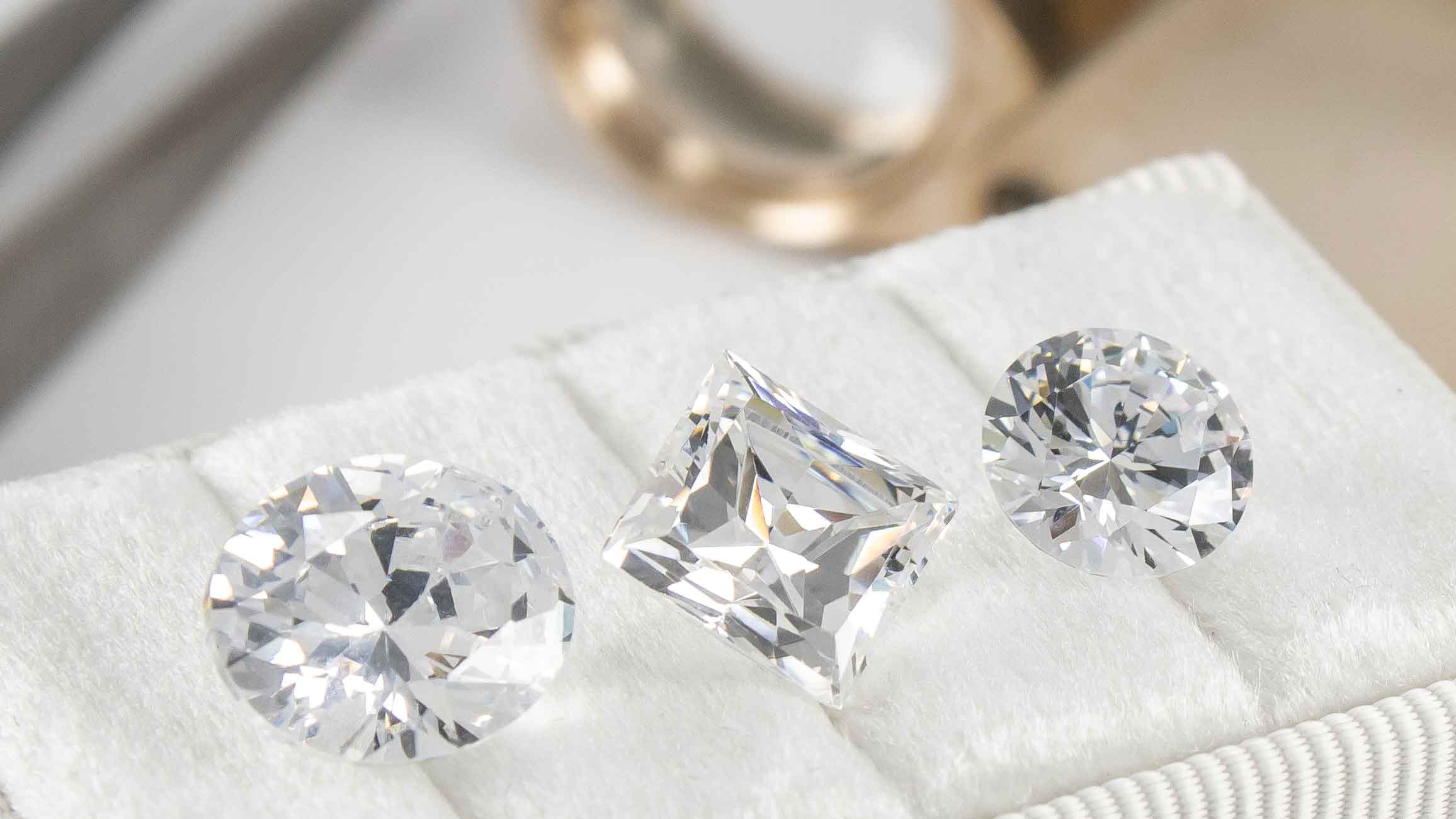Understanding Lab-Grown Diamonds
What Are Lab-Grown Diamonds?
Lab-grown diamonds, often called lab-created diamonds, are a groundbreaking innovation in the world of fine jewelry. These diamonds are not just substitutes but are optically, chemically, and physically identical to natural diamonds. Crafted in controlled laboratory environments, they replicate the same conditions that form natural diamonds deep within the earth over millions of years. With their ethical appeal, affordability, and undeniable beauty, lab-grown diamonds are redefining luxury in today’s jewelry market.
How Are Lab-Grown Diamonds Made?
Lab-created diamonds are formed through two primary methods, each designed to replicate the natural diamond-growing process.
- The High Pressure High Temperature (HPHT) Process
- Process: Pure carbon powder is compressed in a growth capsule and subjected to extreme heat (1300–1600°C) and pressure, mimicking the natural conditions that create diamonds.
- Outcome: Large, high-quality diamonds are produced in less than two weeks, some weighing up to 10 carats in their rough form.
- The Chemical Vapor Deposition (CVD) Process
- Process: A thin diamond seed is placed in a vacuum chamber and exposed to carbon-rich gases, such as methane, which vaporize and layer onto the seed to form a diamond crystal.
- Outcome: This method is known for creating exceptionally clear and high-quality diamonds, dominating the market in recent years.
Lab diamonds are real, durable, and eco-conscious.
The 4Cs of Diamonds: The universal standard for evaluating diamond quality:Cut: Determines brilliance and how well the diamond reflects light.
- Cut: Determines brilliance and how well the diamond reflects light
- Clarity: Assesses the presence of inclusions or blemishes.
-
Color: Measures the diamond's hue, ranging from colorless to light yellow or brown.
-
Carat Weight: Refers to the diamond's size by weight, with one carat equaling 200 milligrams.











